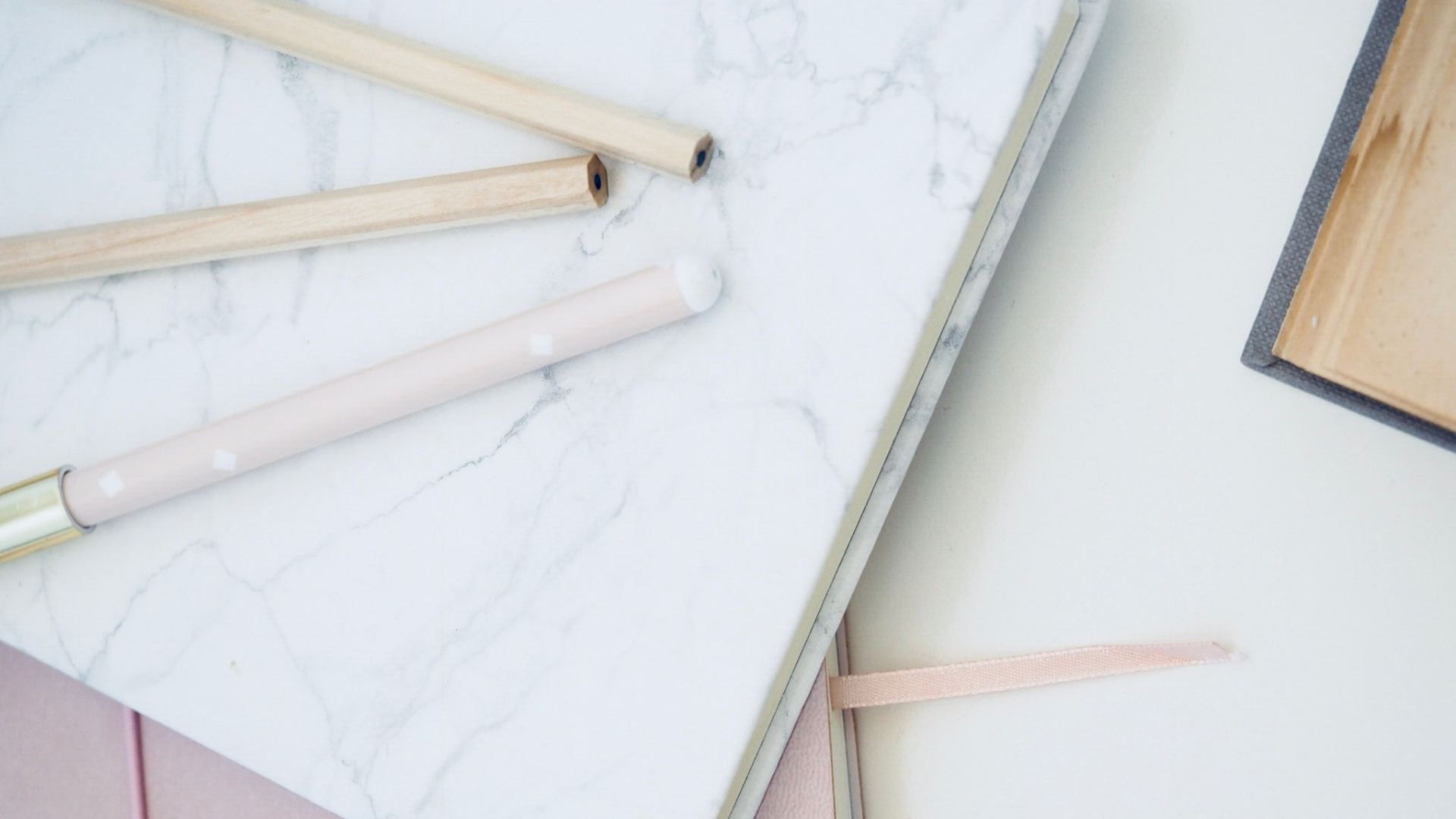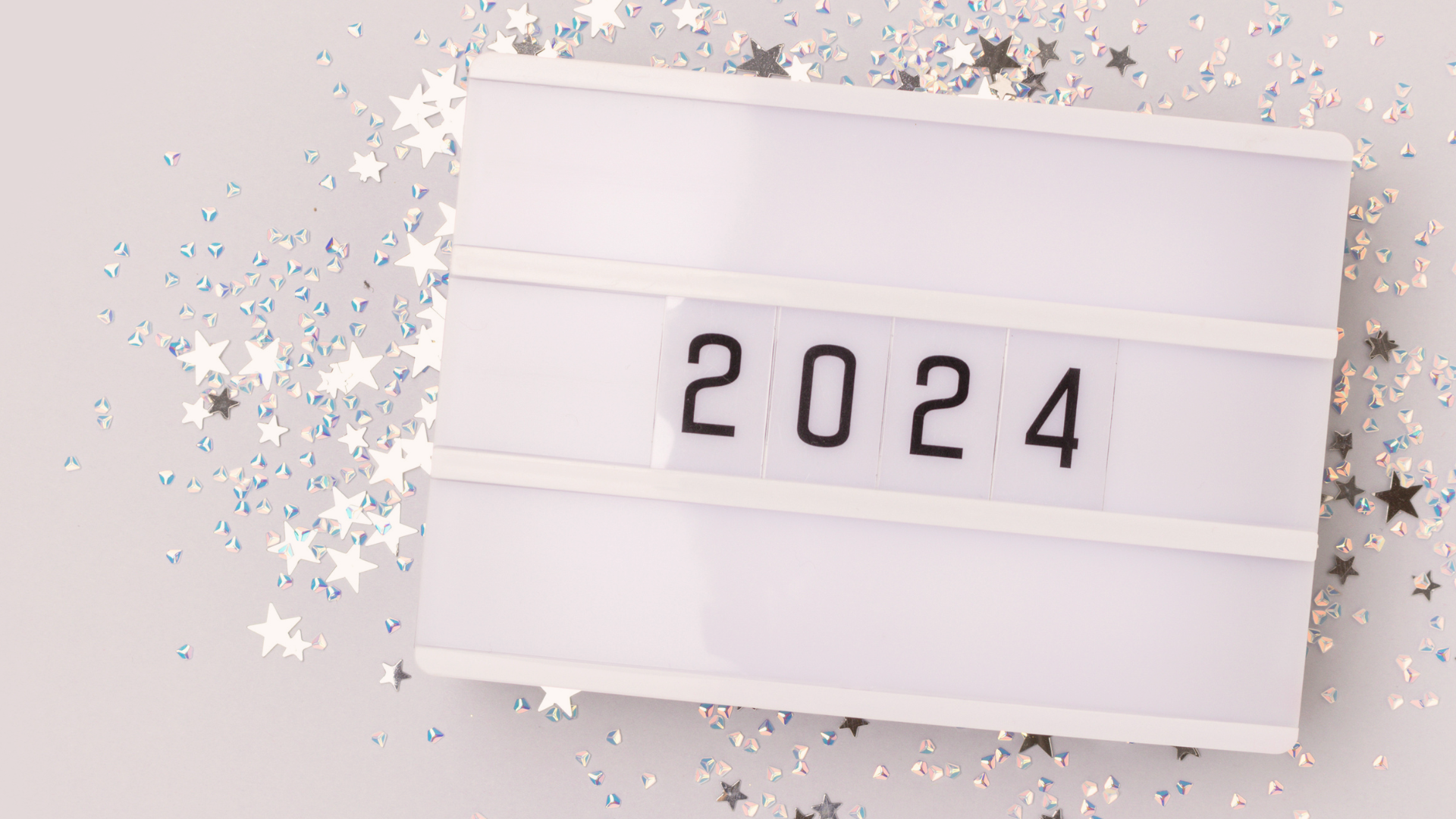Paperwork is one of those tasks that many of us put off. Whether it’s a form demanding information you’re going to need to look up or it just doesn’t seem urgent, it’s easy to let your paperwork pile up until it creates mountains that you feel you’ll never be able to climb. If that sounds like you, I’ve got some tips that will help you organise your paperwork once and for all, without any tears.
Let’s dive in!
Step 1: Set yourself up for success
The key to staying on top of paperwork is giving yourself the right tools to get the job done. Here are the two things you most definitely need:
- A letter tray or a box that is big enough to accommodate paper accumulated over a month or so.
- A filing cabinet, preferably one with a few drawers, or an accordion-style folder or two. I opted for the latter since space is limited.
Having one central place to keep your papers is essential. Every time you get the mail or your kids come home with documents from school, place them in the letter tray.
Always review deadlines before doing so – anything urgent I’d advise you leave out on the kitchen counter in one specific place to be tackled immediately at the end of the day.
Step 2: Review weekly
Choose a day of the week to review your stack of paperwork, and try to stick to that day week after week. I personally like Sunday evenings, but if you’re more likely to get it done on a weekday, by all means, do what’s best for you.
This will be the day you go through what’s been piling up in the letter tray. I highly recommend choosing a time you’re unlikely to be interrupted or distracted. It will go much faster, and you’re much less likely to make mistakes if you can do this undisturbed.
Step 3: Set some reminders
Go through your papers and figure out what needs to be done. Use your Google calendar (or any other – this is the one I use myself) to remind yourself to take any needed actions, like making an appointment, buying stamps, or making copies.
Clip your stack together once you’ve dealt with everything. It’s going to stay in your letter tray until your monthly filing spree, which I’ll get to in a minute.
Clipping the documents you’ve dealt with will avoid the papers getting mixed in with the new ones that are sure to be added in the next few days. Continue adding new documents that come in on top of the clipped stack until the next week ends, and then deal with all the new documents that have come in since then.
Step 4: File monthly
At the end of the month, unclip everything and take the time to file all your documents. If you’re using a filing cabinet or accordion-type folder, that just means placing them in the right drawer underneath. Use categories such as work, taxes, receipts, school, house expenses, and so on, and label everything carefully. You’re the best judge of how much space you need for each category. For example, when we were doing up our apartment I know I’d have a huge stack of papers for the house, so I’ve got one folder which is specifically just for the house. Of course, once a folder is full, you can always label it with the year/s it covers on the front and start a new one.
Ask yourself if you really need each document as you file. If something isn’t truly necessary, shred or recycle it – but keep it if you have any doubts, especially if it’s related to taxes. When you add papers to your filing cabinet, do it in date order, adding the newest ones to the front of the section each time to organise your paperwork chronologically.
Dealing with paperwork is nobody’s idea of a fun time, so I also recommend doing everything you can to reduce the volume of paperwork you have coming in. See about getting your utility bills and bank statements online, and consider scanning documents and keeping digital copies (don’t forget backups).
You’ll be amazed at how much easier it is when you have a good system to organise your paperwork and take setups to minimise it. Good luck!







Leave a Comment